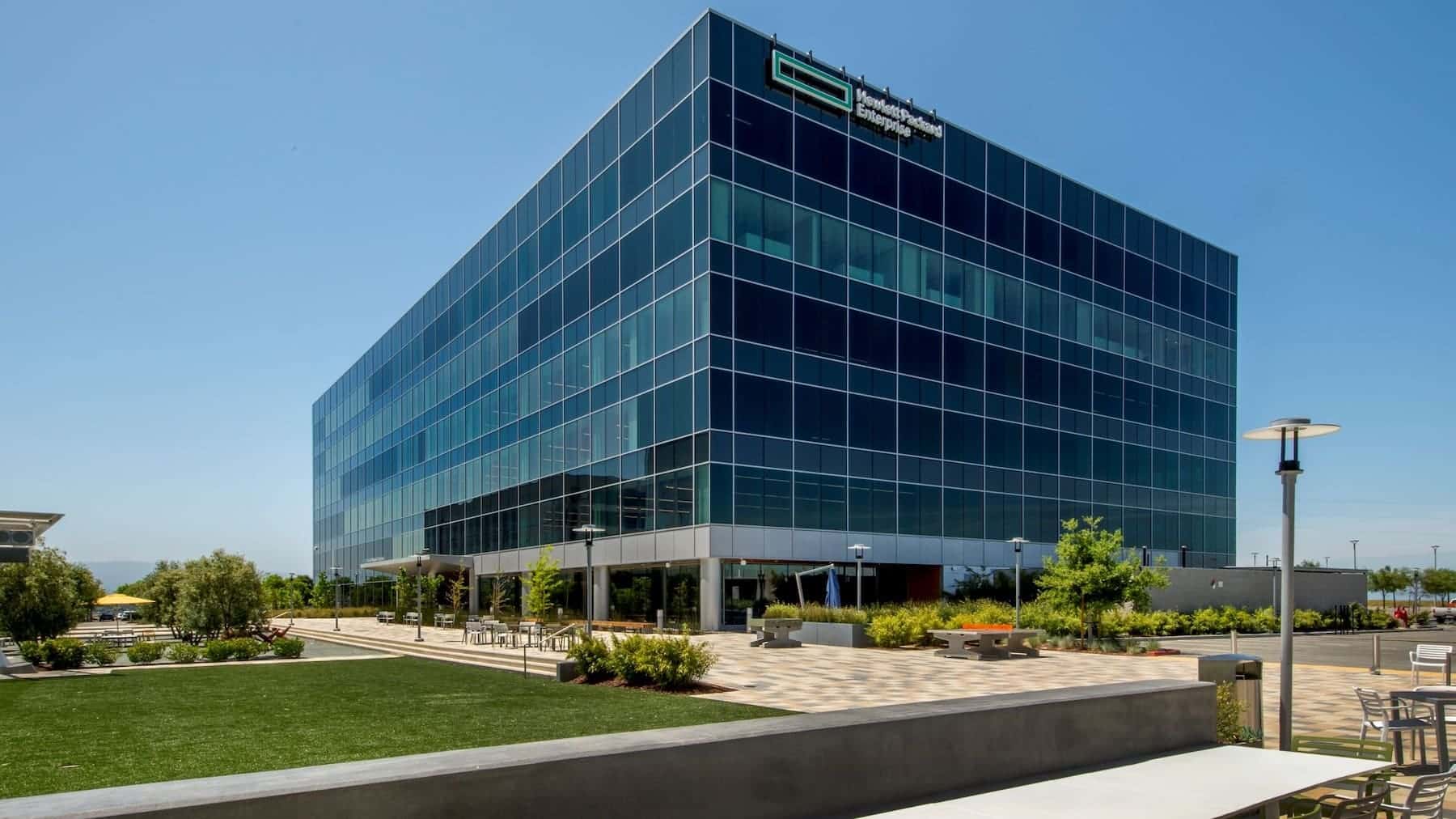HP Inc. reported its financial results for the second quarter of fiscal year 2025 on May 28, showcasing slight revenue growth but notable declines in net income and cash generation. The U.S. tech company posted total revenue of $13.2 billion, a 3.3% increase compared to the same period last year, mainly driven by its Personal Systems business unit.
However, net income according to GAAP standards fell by 33%, down to $406 million, with diluted earnings per share at $0.42, a 31% decrease from the second quarter of 2024. On a non-GAAP basis, excluding extraordinary items like restructuring costs, litigation, and amortization, earnings per share were $0.71, below the company’s more conservative forecasts.
HP’s President and CEO, Enrique Lores, characterized the quarter as a demonstration of “solid revenue growth,” highlighting the momentum of the commercial personal computer business and the “acceleration of the future of work strategy.” Nonetheless, he acknowledged the impact of a “dynamic regulatory environment” and assured that HP is making firm decisions to reduce its cost structure and expand its production capacity.
CFO Karen Parkhill warned of a more uncertain macroeconomic outlook and explained that HP has adjusted its forecasts “to reflect moderate demand and the net costs associated with international trade.” According to Parkhill, the company expects to fully offset these costs by the fourth quarter of the fiscal year.
### Decline in Free Cash Flow and Margins
The free cash flow for the quarter was negative, with a net outflow of $95 million, compared to a positive $500 million a year earlier. Cash from operations also fell to just $38 million. This decline reflects both lower operational performance and higher investments in assets and equipment, as well as a significant decrease in accounts payable.
The GAAP operating margin decreased to 4.9% (down from 7.4% the previous year), while the non-GAAP margin stood at 7.3%, also below last year’s 8.8%.
### Segment Performance
The Personal Systems division was the main driver of the quarter, generating $9 billion in revenue, which represents a 7% year-over-year growth. In this area, commercial solution revenues increased by 9%, while consumer revenues grew only by 2%. Total unit sales rose by 6%, with an 11% increase in commercial devices.
In contrast, the printing segment declined by 4% year-over-year, falling to $4.2 billion. Within this unit, consumable revenue fell by 5%, and commercial printing decreased by 3%. Nevertheless, the operating margin for this division remained robust at 19.5%.
### Shareholder Return and Liquidity Position
HP allocated $273 million to dividend payments during the quarter and repurchased shares worth $100 million. In total, it returned $400 million to shareholders. At the close of the quarter, the company had a gross cash position of $2.7 billion, including cash, equivalents, and other short-term liquid assets.
### Outlook for the Remainder of the Year
Looking ahead to the third fiscal quarter, the company anticipates a GAAP earnings per share of between $0.57 and $0.69, and a non-GAAP earnings per share of between $0.68 and $0.80. For the full fiscal year 2025, forecasts range from $2.32 to $2.62 per share on a GAAP basis, and from $3.00 to $3.30 per share on a non-GAAP basis.
HP also expects to generate free cash flow of between $2.6 billion and $3 billion for the entire year, although it warns that these targets are subject to current macroeconomic and business conditions, including U.S. tariffs and other regulatory pressures.

